
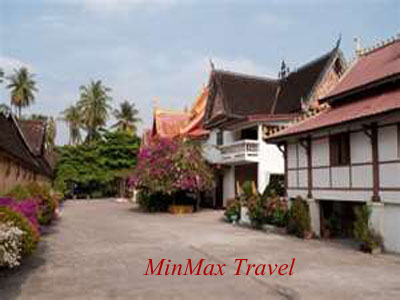
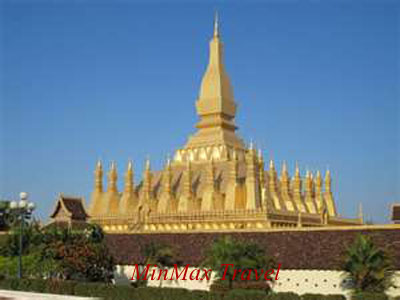
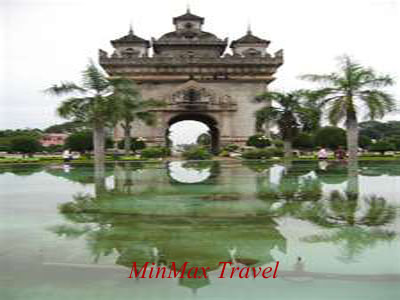














The square was firstly developed by French colony and known as Round Point Pugininer. On September 2nd, 1945 ( Vietnam National Day), Ho Chi Minh has read the Vietnam Independence Declaration. In the Declaration, he quoted for people to hear about French and the United States’s Independence Declaration that “All men are created equal and that everyone has the right to life, liberty and pursuit of happiness”.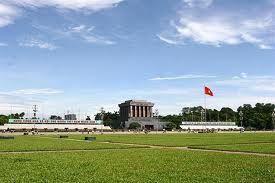 Representatives from all social sectors comprise of workers, youth, educators, soldiers, cheered over the country’s unity and independence is that historical moments. About 24 years later, the square also hosted the funeral of Ho Chi Minh. It was the same crowd who mourned and cried in the rain to send off their revere leader. It was then decided by in-power Vietnamese government that Ho Chi Minh Mausoleum was built on the square so that the national hero can be forever remembered. Nowadays, Vietnam culture travel with Ba Dinh square is one of some green and unoccupied areas of urban Hanoi. Many important events like parades and commemoration of veterans, took place at the square. Interestingly, In spite of its solemnity during the day, during the night time, the square is a popular gathering place for the local: families who want a walk, old people who want to exercise and friends who want to hang out. Paying a visit to Ba Dinh Square can be associated with a day or half-day trip to Ho Chi Minh Mausoleum and One-pillar Pagoda. » Also you like our Halong Vietnam - http://minmaxvn.wordpress.com/ |
| Located on 110B2 Nguyen Chi Thanh street, Hanoi, "Com nieu Thuy Nga" restaurant attracts the look of people easily with luxurious space and unique cuisine of the autumn and winter season. The Hot Pot dishes: 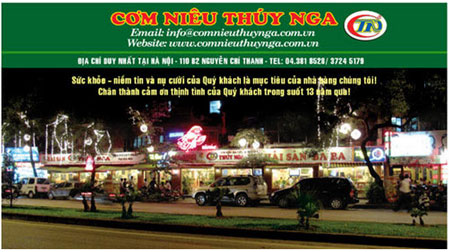 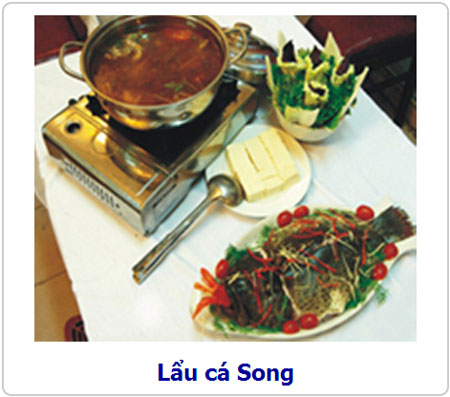
Garrupa Fish Hot Pot
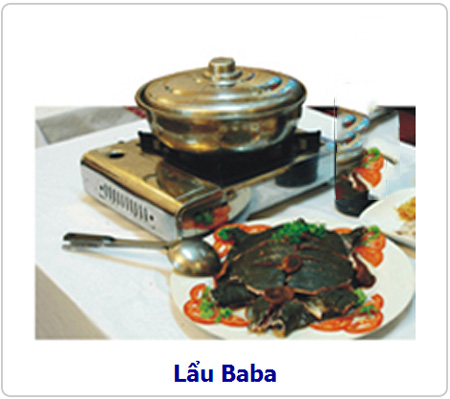
Trionychid Turtle Hot Pot
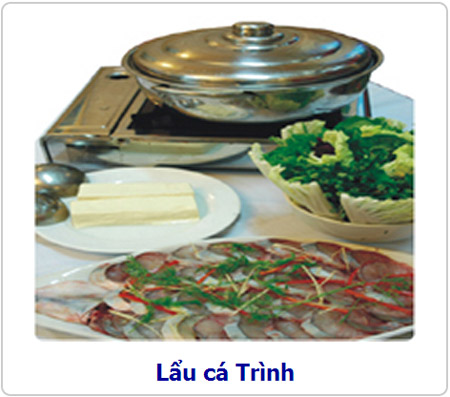
Eel Hot Pot
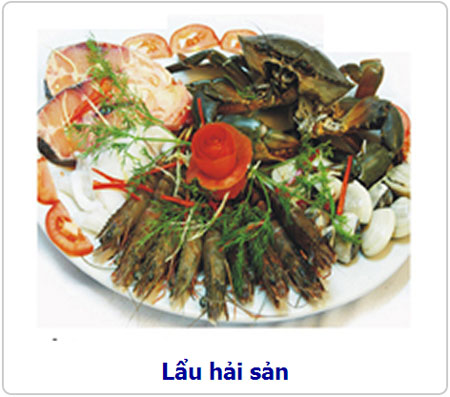
Seafood Hot Pot
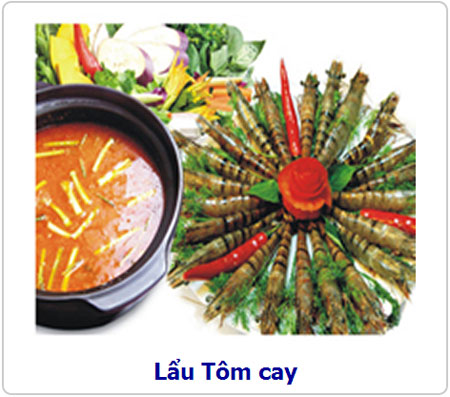
Spicy Shrimp Hot Pot
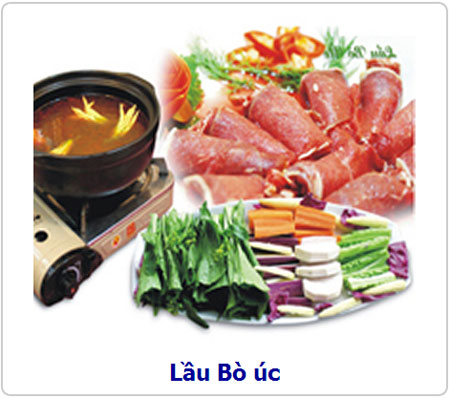
Australian Beef Hot Pot
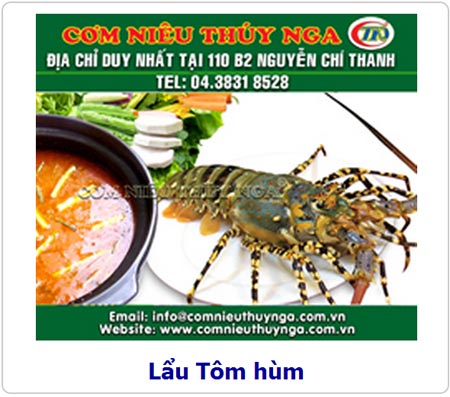
Lobsters Hot Pot
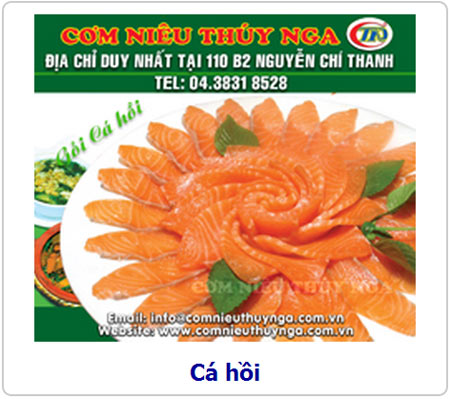
Salmon Hot Pot
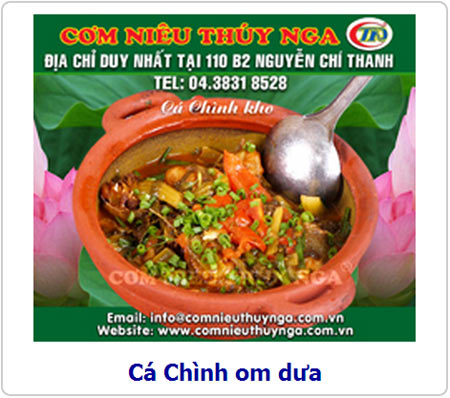
Eel braised pickle
 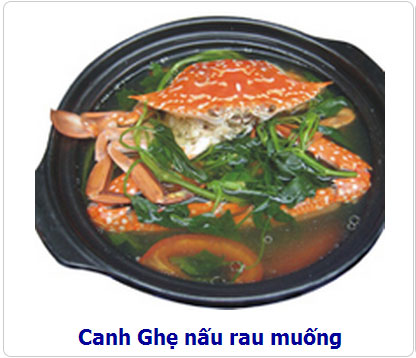
Soup of Green crab cooking with water spinach
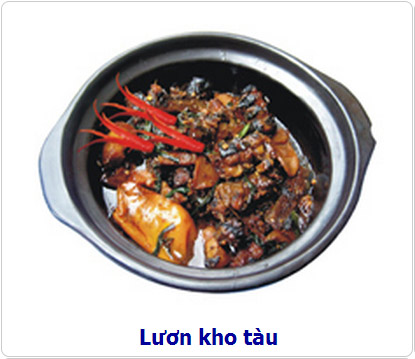
Stewed Eel
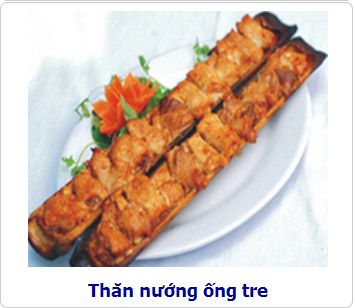
Lean baked by bamboo culinder

» Also you like our Halong Vietnam - http://minmaxvn.wordpress.com/
|
| Mien xao cua trung (crabs fried with vermicelli and eggs) is very hot here because of two following reasons: Firstly, the processing is not only delicious but also attractive. Secondly, it is extremely reasonable price-only 35,000 VND per dish and I can make sure that you will be satisfied. 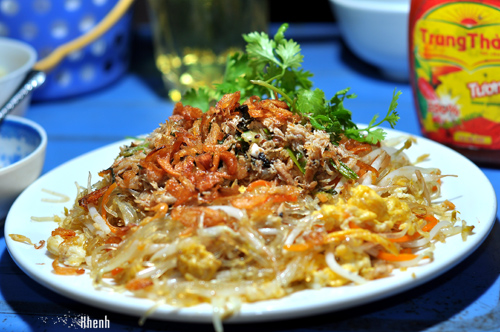
Mien xao cua trung dish seems very attractive
Mien xao cua is not too strange or fussy dish but it is very rarely to find the place but Hang Than having such delicious dish. Overcoming many years of experiences, chefs have processed this dish skillfully with the aim of serving customers best.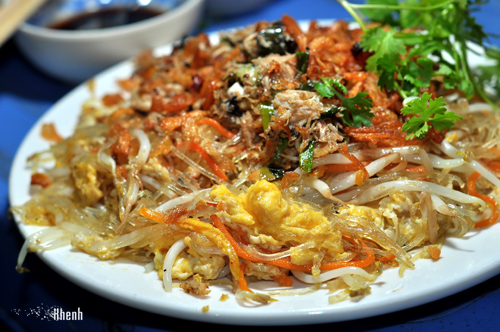 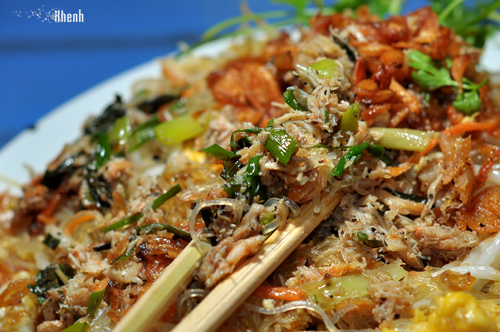 Coming to this shop, guests will have the opportunity to enjoy a strange and delicious dish that will be in your mind forever. Don’t miss such great opportunity when setting foot in Old Quarter, Hanoi. » Also you like our Halong Vietnam - http://minmaxvn.wordpress.com/ |





